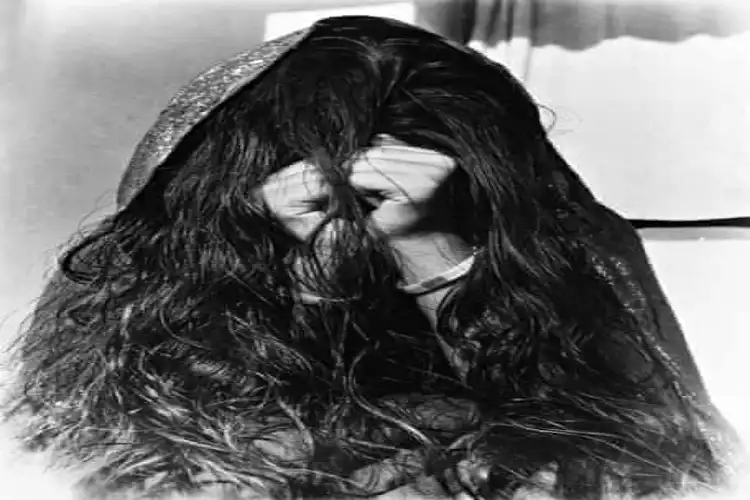
 Saquib Salim
Saquib Salim
It is a South Asian society, with a Muslim majority and with an agriculture-based economy. A woman is raped by the invading army. After the war, how would society treat this woman? It is a common belief that she would carry a social stigma for the rest of her life. Society and family may disown her for being raped and punish her for a crime that she didn’t commit.
In Bangladesh, this narrative does not hold. The Pakistani Army, according to an estimate, raped four lakh, Bengali women, from late March to 16 December 1971, till it surrendered to the Indian army. The Pakistanis had kept women as sex slaves in cantonments and bunkers. When the Indian Army and the army of Mukti Bahini routed Pakistanis in the Comilla cantonment, they found at least 700 naked women there. They were being used as sex slaves by the Pakistan Army.
After the war the New York Times reported, “The Pakistani troops in nearly every sector kept Bengali women as sexual slaves, often keeping them naked continuously in their bunkers.” A commission constituted by the Government of Pakistan to investigate the defeat of its army under Chief Justice Hamoodur Rahman noted the remarks of Colonel Aziz Ahmad Khan said, “The troops used to say that when the commander was himself a rapist, how they could be stopped? There were reports in the international press that the army killed every adult male and raped all adult women in several villages. It was widely reported that the Pakistani army generals demanded young women sex slaves be handed over along with other materials looted from Bengal.
The sexual violence by a mercenary force during a war was not unknown but the reactions of a newly formed Bangladesh, its government, and society were unprecedented. Within a week of assuming administrative control of the country after the surrender of the Pakistan Army, the interim government led by Awami League announced that all the women who were raped by the Pakistan army during the war would be identified as birangonas (War Heroines).
In her acclaimed work on the war heroines of Bangladesh, The Spectral Wound: Sexual Violence, Public Memories and Bangladesh War of 1971, Professor Nayanika Mookheejee argues that the move to recognize women who were raped as ‘War Heroines’ instead of ‘victims’ was an attempt to project the version of Islam followed by the new nation to be different from that professed by Pakistan. The step was a break from the orthodox Sunni way of dealing with rapes, where the raped women were also, at times, punished for adultery.
Mookherjee writes, “thus it subversively overturned the label attached to Bangladesh as a country practicing a supposedly deficient form of Islam and instead helped it to claim that it was a different kind of “Muslim” nation that valued its women, including women who were raped, and their contributions to the freedom struggle.”
The state-backed by its intellectuals to bring raped women out of social marginalization, anonymity or stigma eulogized them as ‘warriors’. Mookherjee traces the idea of birongana in history arguing that the attempt was to put these women at a pedestal of Rani Jhansi, or Razia Sultan. She quotes Moinuddin, a theological author; “Muslim birangonas were the eminent historical and religious Muslim women who fought gallantly in the battlefields alongside their husbands for the sake of defending Islam.”
She wonders why scholars have failed to recognize the fact that raped women were put into an already existing category of historical figures used in Islamic theology, the poetry of Michael Madhusudan Dutta, and other literary works known to Bengali Muslims. The government of Bangladesh popularized the idea of ‘War Heroines’ and set up the National Board of Bangladesh Women’s Rehabilitation Program (NBBWRP) to rehabilitate the bironganas.
Also Read: Pak admitted genocide, rape, loot in Bangladesh
Sheikh Mujib visited the Rehabilitation Centres for Women and called the raped women, ‘War Heroines’. He publicly announced: “The raped women are my mother, sister, and daughter and many of you will have to marry. I shall arrange for such a marriage”
Mookherjee brings out an interesting point that apart from state patronage, society also reacted differently in Bangladesh. A prejudiced mind would believe that getting married would have satisfied bironganas. But, these women demanded jobs instead of marriages. As a result, in 1972, 10% of all the government, as well as semi-government jobs, were reserved for the women affected by the atrocities of the Pakistan Army. The literate women were provided with professional training and absorbed in government offices, while the illiterate were helped to become skilled workers. The Rehabilitation Board set up shops to sell handicraft items made by them.
The book elaborates upon the class conflicts and other social forces which affect the bironganas. While the Awami League-led government wanted to bring raped women into the mainstream narrative of the freedom struggle its political opponents opposed it. Moreover, the rural society maintained the secrecy of these rapes yet acknowledges that atrocities have happened against the women. These women feel empowered, within their class location, coming out in the open and narrating their ordeals.
Unlike anywhere else, these women do not want to be anonymous; rather a state recognition empowers them to narrate their stories. Prof. Mookherjee points out that the government recognition enables these women to “compare themselves, as birangonas, with the Prophet’s wives, who, as ‘war heroines’, upheld the ideals of Islam in various struggles.” She quotes birangona saying, “one becomes a birangona only when one comes out in the open. Otherwise, those who are chapa—hidden, quiet—keep their accounts of rape to themselves, are therefore not birangonas.”
It must be noted that in the last four decades the politics of Bangladesh, a country with a huge Muslim population, has been dominated by two rival women leaders, one of whom is still heading the government.
(The author is a historian and a writer)
